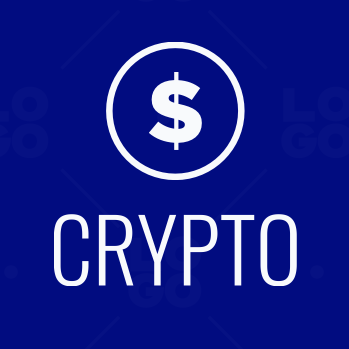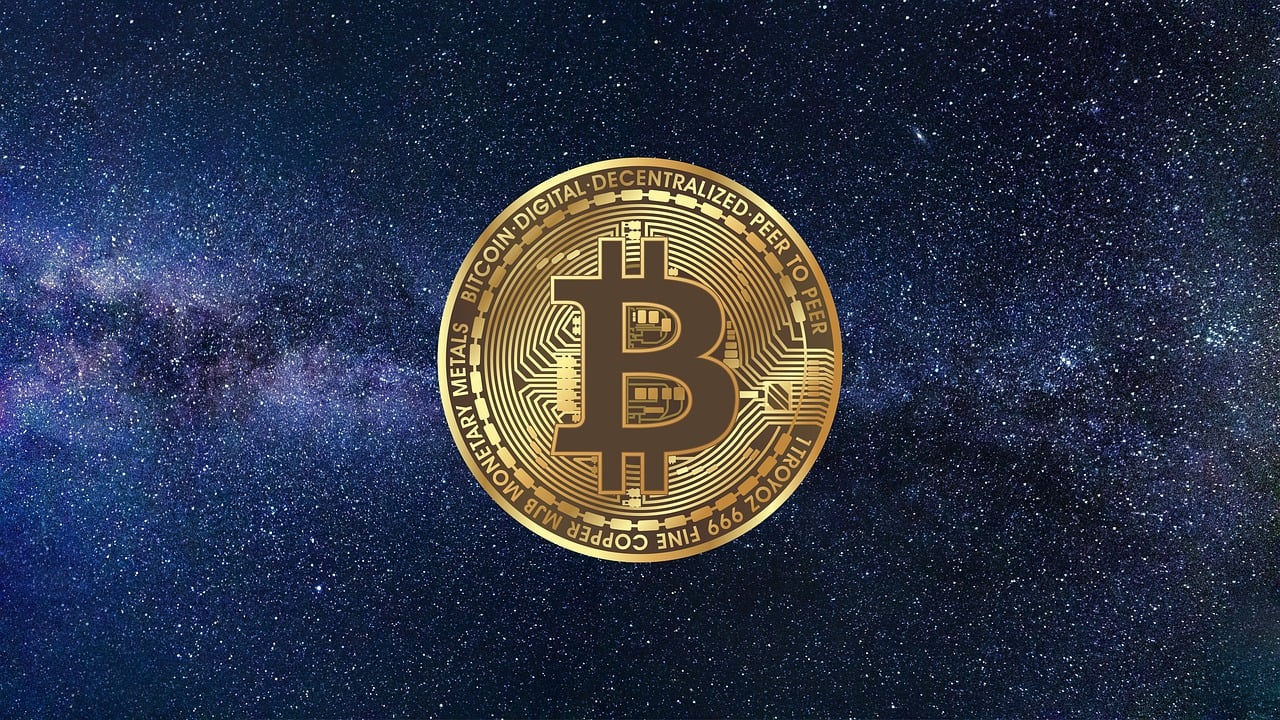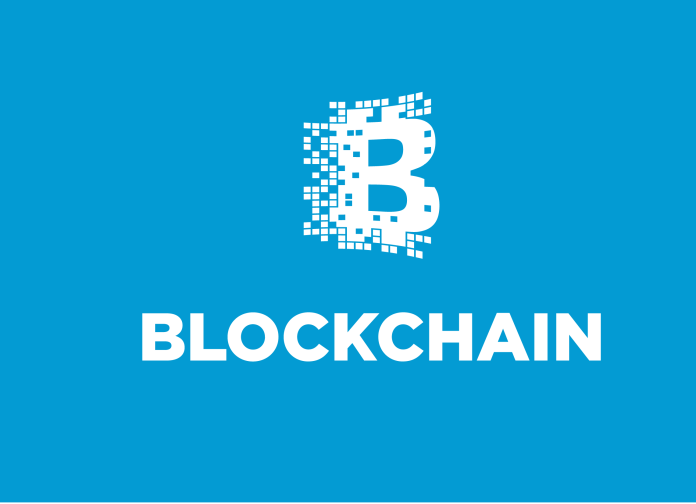Key Takeaways
- Meme coins have matured from internet jokes to legitimate digital assets influencing mainstream finance by 2025.
- Community and virality drive value, not traditional fundamentals—making social engagement central to success.
- Regulation and utility trends in 2026 are pushing meme coins to evolve beyond speculation toward real use cases.
From Joke to Market Force
“What is a meme coin?”—a question once asked with amusement—now commands serious attention in 2025’s crypto economy.
Originally launched as tongue-in-cheek projects mocking the hype of early cryptocurrencies, meme coins have grown into a distinct cultural and economic phenomenon.
The rise of Dogecoin (DOGE) and Shiba Inu (SHIB) in the early 2020s laid the groundwork for a new kind of digital asset—one powered not by technology alone, but by community identity, humor, and online virality. By 2025, meme coins represent a major share of market activity, shaping both internet culture and investor psychology.
Defining Meme Coins in 2025
A meme coin is a cryptocurrency inspired by internet culture, humor, or trends, often created with little to no intrinsic value or technological innovation. What distinguishes them is community energy, brand recognition, and viral potential—not technical superiority.
Unlike Bitcoin or Ethereum, which solve structural problems (decentralized money, smart contracts), meme coins are fueled by social sentiment. They live at the intersection of entertainment, speculation, and collective identity.
In short:
Meme coins are the internet’s financial memes—digital currencies whose value comes from culture.
The Meme Coin Boom of 2025
By 2025, meme coins have moved beyond isolated viral moments to sustained ecosystems.
Following Dogecoin and Shiba Inu, new contenders like Pepe (PEPE), Floki (FLOKI), and Bonk (BONK) expanded the market. On Solana, community-driven tokens inspired by popular culture and gaming have created micro-economies with millions in daily trading volume.
The difference in 2025? Utility and infrastructure.
Many meme coin projects now integrate with decentralized finance (DeFi), gaming platforms, and NFT ecosystems. For instance, holders can stake coins, earn rewards, or use them for in-app payments—turning memes into functional digital economies.
Also read : How to Accept Bitcoin Payments for Your Business
Why People Invest in Meme Coins
1. Community Belonging
Owning a meme coin often signals membership in a global, irreverent online tribe. These communities thrive on shared humor, viral marketing, and a sense of rebellion against traditional finance.
2. Accessibility
Meme coins are cheap and easy to acquire. Their low entry price invites participation from newcomers who might be priced out of larger assets like Bitcoin.
3. Speculative Potential
Let’s be honest—meme coins are also high-risk, high-reward. Their volatility makes them exciting for traders seeking quick gains, though losses can be equally fast.
4. Cultural Power
In 2025, meme coins often double as marketing vehicles. Brands, influencers, and even game studios are launching their own tokens to engage audiences. The lines between currency, content, and community are increasingly blurred.
How Meme Coins Work
Most meme coins are launched on major smart contract platforms like Ethereum, BNB Chain, or Solana. They follow standardized token protocols (usually ERC-20 or BEP-20), allowing easy creation, distribution, and trading on decentralized exchanges (DEXs).
Despite the ease of creation, meme coin success hinges on community virality—not code. A strong online presence, active developers, and influencer support can turn a low-effort coin into a billion-dollar project almost overnight.
However, this same viral dynamic also fuels scams and rug pulls, where anonymous creators vanish after driving up hype. By 2025, many investors now rely on audit tools, on-chain analytics, and community verification before buying in.
2025 Trends: Meme Coins Go Multi-Chain
A defining trend of 2025 is cross-chain meme coins.
Projects now launch simultaneously on multiple blockchains—Ethereum, Solana, and Base—to reach diverse audiences and avoid network congestion.
Layer-2 networks have made transaction fees negligible, fueling waves of small-scale participation that keep the meme economy thriving.
Even AI tools are joining in—allowing users to auto-generate tokens, memes, and promotional content, compressing what once took weeks into hours.
Regulation and the 2026 Outlook
By 2026, regulators worldwide are taking meme coins more seriously. Governments are moving to classify them under digital asset or community token frameworks, especially when they raise funds or incentivize trading.
Projects that integrate clear use cases—like staking, charity initiatives, or metaverse utilities—are likely to survive regulatory scrutiny. Those relying solely on hype may fade as compliance barriers rise.
At the same time, institutional players are quietly experimenting with meme-inspired tokens for engagement and marketing—acknowledging that virality, not just valuation, drives modern digital economies.
Risks and Realities
Meme coins carry undeniable risks:
- Extreme volatility – prices can swing 80% in a day.
- Lack of fundamentals – no intrinsic revenue or utility in many cases.
- Scam potential – unverified tokens often vanish overnight.
Yet, dismissing meme coins entirely misses their cultural relevance. They represent a democratization of financial expression—where humor, rebellion, and blockchain intersect.
Why Meme Coins Matter in 2025–2026
Beyond the speculation, meme coins embody a key shift in the crypto narrative: the decentralization of attention.
In an age where virality equals value, meme coins reveal how collective belief—and not just technology—can create markets.
They may not all last, but the concept they represent is here to stay: financial participation as culture.
Conclusion: From Laughs to Legacy
So, what is a meme coin?
It’s both a joke and a revolution—an asset class born from humor that now commands billions in liquidity.
As we move deeper into 2025 and 2026, meme coins are evolving into a cultural asset layer of Web3, where creativity, community, and code collide.
Some will fade, others will adapt—but one thing is certain: meme coins have changed how the world sees money, memes, and meaning on the internet.




